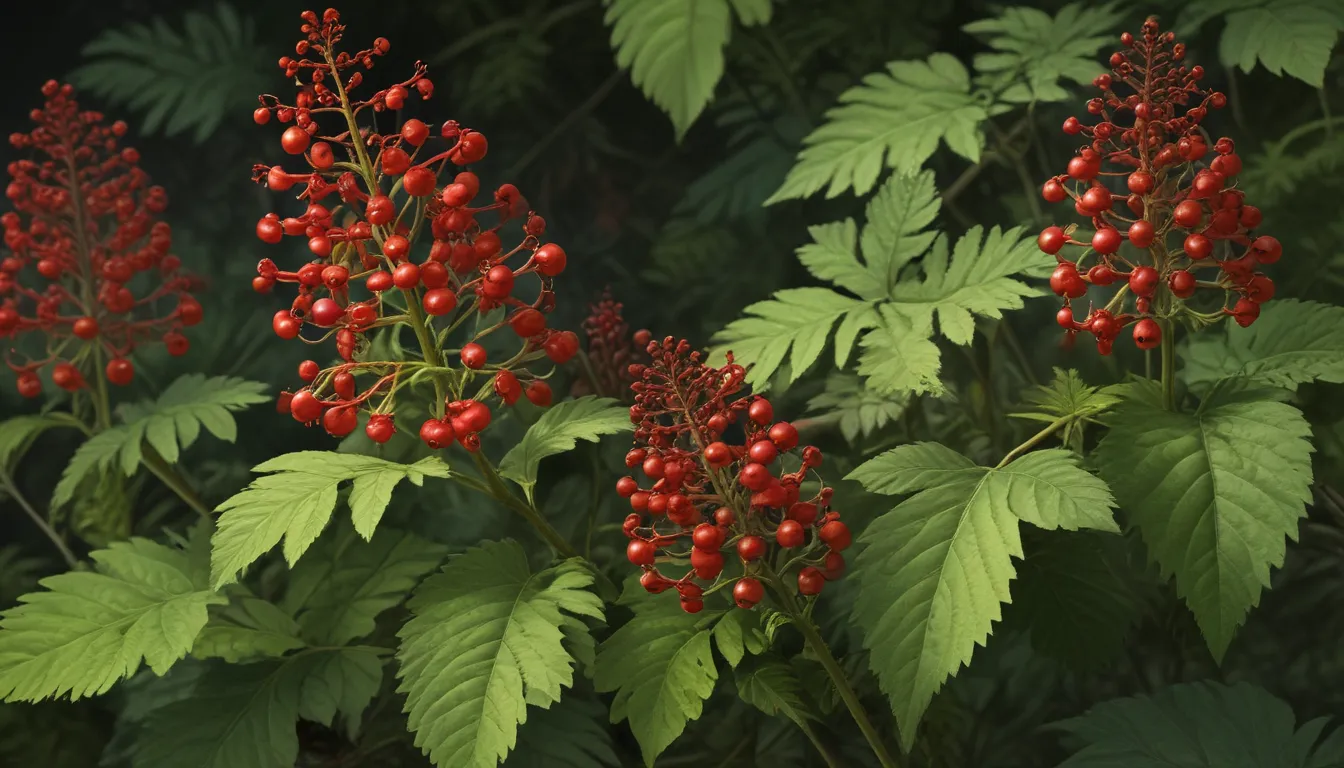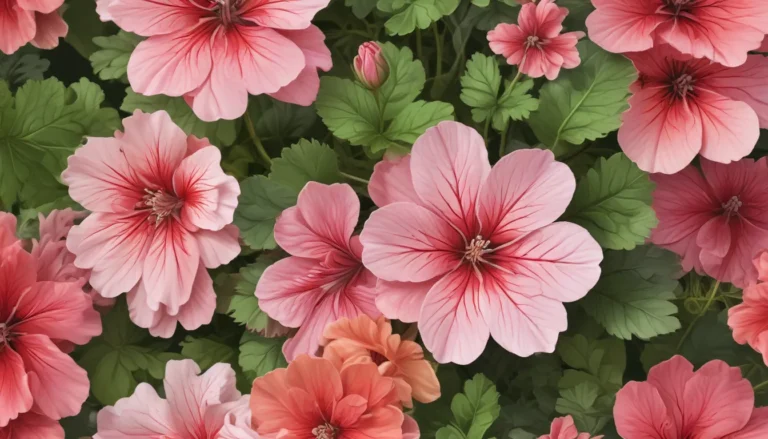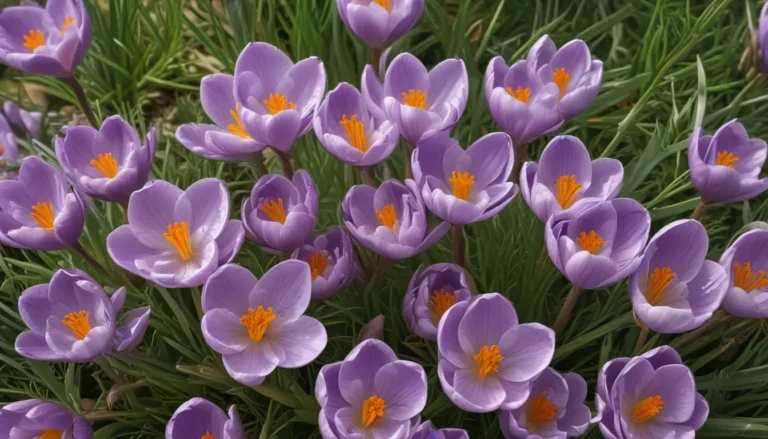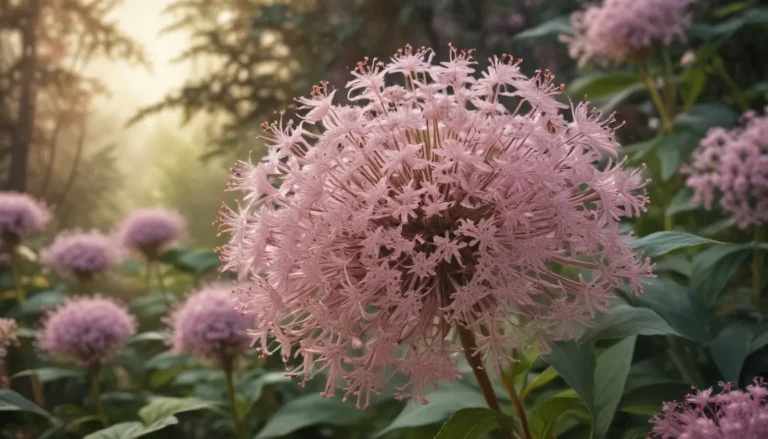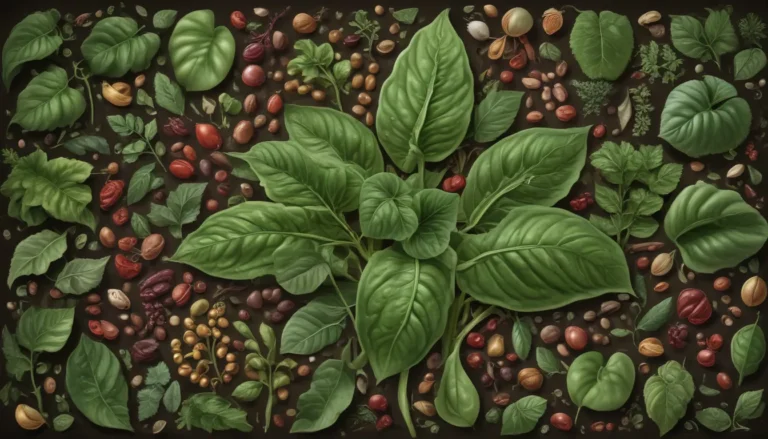The pictures we use in our articles might not show exactly what the words say. We choose these pictures to make you interested in reading more. The pictures work together with the words but don’t take their place. The words still tell you the important facts.
Are you ready to embark on an enlightening journey through the captivating world of red baneberry? This vibrant perennial plant, scientifically known as Actaea rubra, is a true marvel of nature, thriving in the woodlands and moist areas of North America. With its striking red berries and delicate white flowers, red baneberry is a standout feature in its natural habitat. However, it's crucial to understand that these alluring berries carry toxic properties, emphasizing the importance of knowledge and caution when encountering this plant in the wild or considering its cultivation in a garden setting. Let's explore 11 fascinating facts about red baneberry, shedding light on its unique traits, ecological significance, and precautions necessary for a safe interaction. Whether you're a nature enthusiast, a gardening aficionado, or simply curious about the wonders of the natural world, the allure of red baneberry promises to captivate and inspire.
Exploring the Enchanting World of Red Baneberry
Let's start our journey by uncovering the key takeaways about red baneberry, a captivating native North American plant that adds beauty and biodiversity to forest ecosystems. Despite its toxic berries, this plant attracts birds and has historical uses in traditional herbal medicine. Discover the fascinating allure of red baneberry and its role as a valuable component of North American woodlands.
The Origins of Red Baneberry
Red baneberry is native to the woodlands of North America, where it thrives in moist and shady environments. Its vibrant presence adds a splash of color and vitality to the natural landscape, creating a harmonious blend with the surrounding flora and fauna.
Beware of Toxic Berries
One of the defining characteristics of red baneberry is its toxic red berries, which contain compounds that are harmful if ingested. These berries serve as a warning to humans and animals alike, highlighting the importance of caution and respect when interacting with this plant.
A Perennial Gem
As a perennial herb, red baneberry returns year after year, delighting observers with its vibrant foliage and striking appearance. Its enduring presence in the woodland ecosystem underscores its resilience and adaptability in varying environmental conditions.
Vibrant Foliage and Berries
The plant's distinctive foliage features deeply lobed leaves that complement its vibrant red or white berries, creating a visual spectacle in woodland landscapes. The contrast of colors and textures adds an element of intrigue and beauty to its surroundings.
Part of the Plant Family
Red baneberry belongs to the Ranunculaceae family, sharing botanical ties with well-known plants such as buttercups and delphiniums. This plant family showcases a wide range of species with diverse characteristics and ecological roles.
A Magnet for Birds
Despite the toxicity of its berries, red baneberry remains a favorite among birds, which play a crucial role in seed dispersal by consuming the fruit and spreading the seeds. This mutually beneficial relationship highlights the intricate connections within forest ecosystems.
Medicinal Marvels
In traditional herbal medicine, certain parts of the red baneberry plant were utilized to address various ailments, showcasing its historical significance in indigenous healing practices. Caution is advised due to its toxic nature, emphasizing the need for expert guidance in medicinal applications.
Folklore and Mystical Beliefs
Throughout history, red baneberry has been steeped in folklore and superstitions, with some cultures attributing mystical properties to this enigmatic plant. Its presence in cultural narratives underscores the enduring fascination and intrigue surrounding red baneberry.
Thriving in Moist Environments
Red baneberry thrives in moist soil and is commonly found in woodland areas, particularly along streams and in shaded locations. Its preference for damp conditions highlights its adaptability to specific ecological niches within the forest ecosystem.
A Valuable Addition to Gardens
Due to its attractive appearance and ecological benefits, red baneberry is a sought-after plant for native garden landscapes. By incorporating this plant into garden designs, individuals can contribute to the preservation of native species and enhance the beauty of their outdoor spaces.
An Ecosystem Essential
Red baneberry plays a crucial role in forest ecosystems, contributing to biodiversity and providing habitat and food sources for various wildlife species. Its presence enriches the ecological balance of woodlands and underscores the interconnectedness of plant and animal life.
As we delve deeper into the mysteries of red baneberry, we uncover a plant that bridges the realms of beauty and toxicity, folklore and science. Its intricate tapestry of traits and ecological significance paints a vivid picture of the plant's role in the natural world. Whether admired for its ornamental value or studied for its medicinal and ecological properties, red baneberry continues to captivate and inspire those who seek to understand the wonders of the plant kingdom.
Embracing the Enigmatic Beauty of Red Baneberry
In conclusion, the red baneberry stands as a fascinating enigma of the natural world, captivating observers with its vibrant appearance and rich history. From its toxic berries to its medicinal and folklore connections, this plant weaves a compelling narrative that reflects the complexities of nature. As we immerse ourselves in the allure of red baneberry, we gain a deeper appreciation for the intricate web of life that surrounds us.
Frequently Asked Questions
-
What are the traditional medicinal uses of red baneberry?
Red baneberry has been historically used in traditional medicine for treating ailments such as headaches and rheumatism. However, its highly toxic nature requires expert guidance and caution when considering medicinal applications. -
Is red baneberry safe for consumption by humans or animals?
No, red baneberry is extremely toxic and should never be consumed by humans or animals. Ingesting any part of the plant, especially the berries, can lead to severe health complications and even prove fatal. It is essential to exercise caution and avoid contact with this toxic plant.
Your Journey into the World of Red Baneberry
As you embark on your exploration of red baneberry, remember to approach this captivating plant with curiosity and respect. Its vibrant colors and intricate features hold a wealth of knowledge and wonder for those who seek to unravel its mysteries. By delving into the complexities of red baneberry, you will discover a world teeming with life, history, and beauty, waiting to be explored and appreciated. Enjoy your journey into the enchanting realm of red baneberry, where each discovery promises to inspire and enlighten your understanding of the natural world.
